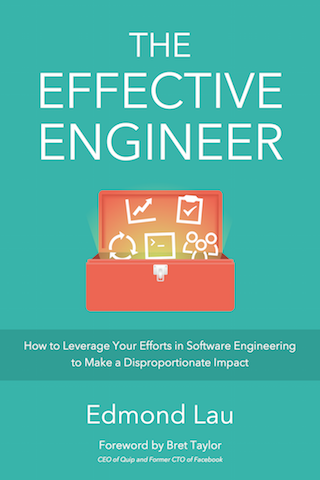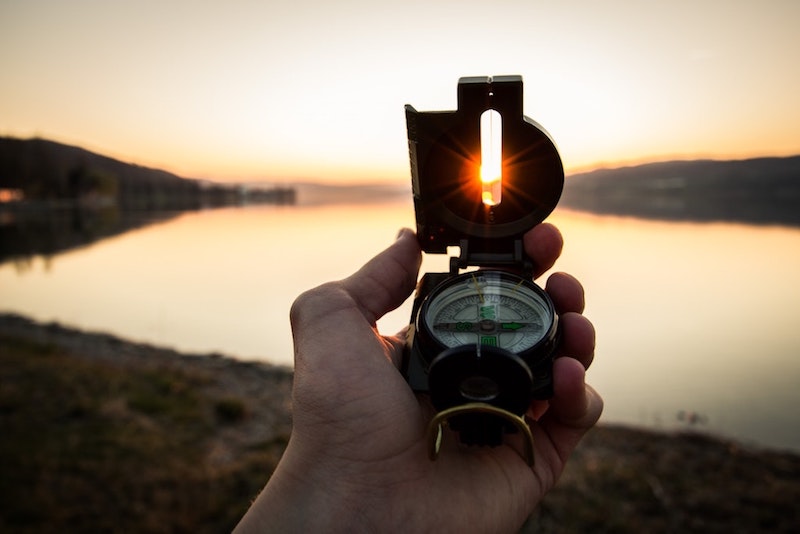Why I Stopped Working Crazy Hours and Now Strategically Procrastinate to Get Better Results

In his 2016 book Originals, Adam Grant shares a new counterintuitive study on the science of procrastination. 1
A convenience store had just closed down on a university campus, and Grant and his graduate student tasked participants with writing business proposals on how to best use the newly vacated spot. In one group, the participants started the task immediately, and ended up proposing fairly traditional ideas — for example, opening up a new convenience store.
In the other group, the participants were asked to procrastinate a bit. They played computer games like Minesweeper, FreeCell, or Solitaire. When this second group finally started on the task, they actually proposed bolder and more creative ideas, like a storage facility or even a tutoring center. Independent raters who graded the creativity of the ideas — without knowing which group the proposal belonged to — rated the procrastinators’ ideas as 28% more creative.
Moreover, the researchers also had a group of participants play games before telling them the business proposal task, but the mental stimulation of the games themselves had no impact. The group came up with ideas that were no more creative than the non-procrastinators.
It turns out that by strategically procrastinating and letting a task simmer in your mind, you can actually generate more creative ideas. A similar finding was replicated in a follow-up industry study as well. This counterintuitive learning gives us a powerful insight into how we can work more effectively in less time.
Why We Have Our Best Ideas in the Shower
You’ve probably had the experience where you’ve been heads down the entire day, working on a hard problem. But you’re stumped — there’s something that you just can’t figure out, and it’s driving you crazy. Later that evening, as you’re showering — eureka! A spark of creativity pops into your head, and you wonder why you didn’t think of it earlier.
This experience has happened to me many times. During my early startup days at Ooyala and Quora when I used to work grueling 60-80 hour weeks, I can recall “aha!” moments where engineering problems would get miraculously solved during a long walk or a refreshing shower. I’ve even seen it happen to an entire engineering team as well — everyone was so focused on trying to ship a project against a deadline, that it took Christmas holidays for an engineer to find the breathing room to prototype an alternative solution that made the entire project unnecessary.
Why does this happen? David Rock’s Your Brain at Work provides a great explanation. The brain’s like a stage, with actors that come on and off at various times, and there’s a finite amount of space on the brain’s working stage. When we’re deeply focused on a problem, everything we see and hear and all our active thoughts crowd onto the stage — there’s little space left for new insights to enter.
It’s only by reducing all that mental activity — which happens when you shower or take a long walk and when the research participants procrastinated with games — that our subconscious mind can help. Having already been primed with the problem, it can use the brain’s working stage to seek out more creative alternatives. 2 The process is analagous to how, for an optical illusion, we often need to take a step back and clear our minds to reset our perspective.
The Key Insight: Schedule Downtime for Yourself
Many cultures emphasize the importance of a strong work ethic. My immigrant parents have worked 6-day weeks in San Francisco’s Chinatown for the past three decades and have always lauded the “price of success is hard work” mindset. And without their hard work, I certainly wouldn’t be where I am today.
But as our society moves more toward knowledge work (like engineering) — where our impact is increasingly determined by whether we’re working on the right things as opposed to whether we’re just putting in the hours — we’re also at risk of overworking. A Glassdoor survey revealed that in the United States, the average employee only uses half of his or her vacation days and that 61% admit doing some work when they do take vacation. 3 Our downtime, our opportunities to strategically procrastinate, and as a result our creativity, all take a hit.
How much time was wasted on a recent project because you didn’t give yourself enough time to actually think through alternative solutions and ideas? What could you have shipped instead that might’ve created more impact? These are tough questions, but one thing is clear — if you don’t give yourself time to reflect on them, there’s little chance you’ll uncover the answer.
So how do we make the sparks of creativity and insight that Grant describes in his study more consistent? Because if we can more systematically create the conditions for creativity (or at least increase its probability), then we can actually end up being more effective and wasting less time in the long run.
The key observation is that it’s very difficult to set aside time when you’re under significant time pressure. When your team is pressuring you to deliver results, when you’re fighting fires at work, or when your customers awaiting updates, it can be easy every time to think, “I’ll just spend a little more time working to get this done.” The costs of overworking are hard to measure, even if the benefits of strategic procrastination can be scientifically shown.
The best way to create the conditions of creativity and success for yourself is to set up healthy routines when you’re not facing work pressure, so that those same habits become your default behavior even when you do. It’s counterintuitive — but by carving out time to routinely disengaging from your work, you’ll avoid burnout and also increase your effectiveness.
For example, you might:
- Periodically take breaks during your workday, whether it’s to stand up to stretch for a few minutes, to walk outside, or to chat with a co-worker. The Pomodoro technique and associated apps can be useful to give yourself gentle reminders of when to take breaks.
- Rotate through different work areas — cafés, libraries, parks, etc. — to give yourself a different perspective and to re-stimulate the mind. Cal Newport uses this strategy, which he calls concentration circuits, to periodically boost his motivation and concentration.
- Meditate. A growing body of scientific research links meditation to reduced stress and positive neurological changes. 4 I use a guided meditation app called Headspace and have started this year to meditate for 15 minutes in the morning.
- Exercise before or after work. I run for 25 minutes most days after work, and it’s been a wonderful renewal of energy.
- Step away from your computer an hour before going to sleep. I’ve implemented this routine for the past few months, and in addition to carving out more time to read, it’s been helpful for winding down and calming my mind at the end of a day.
Changing your normal routine can be hard. But once you start doing an activity several days in a row, repeating it becomes easier because it gradually forms into habit. After a while, you start wanting to do the activity, which sets you up for more challenging times when other things compete for the same time and attention.
Find time to step away from work — don’t let overworking stifle your creativity.
Adam Grant, Originals: How Non-Conformists Move the World, February 2016, p94 - 96. ↩
David Rock. Your Brain at Work: Strategies for Overcoming Distraction, Regaining Focus, and Working Smarter All Day Long. ↩
“Glassdoor Survey Reveals Average American Employee Only Takes Half Of Earned Vacation/Paid Time Off”, April 3, 2014. ↩
Chade-Meng Tan, Search Inside Yourself: The Unexpected Path to Achieving Success, Happiness (and World Peace), September 2014. ↩

“A comprehensive tour of our industry's collective wisdom written with clarity.”
— Jack Heart, Engineering Manager at Asana
“Edmond managed to distill his decade of engineering experience into crystal-clear best practices.”
— Daniel Peng, Senior Staff Engineer at Google

“A comprehensive tour of our industry's collective wisdom written with clarity.”
— Jack Heart, Engineering Manager at Asana
“Edmond managed to distill his decade of engineering experience into crystal-clear best practices.”
— Daniel Peng, Senior Staff Engineer at Google


















Leave a Comment